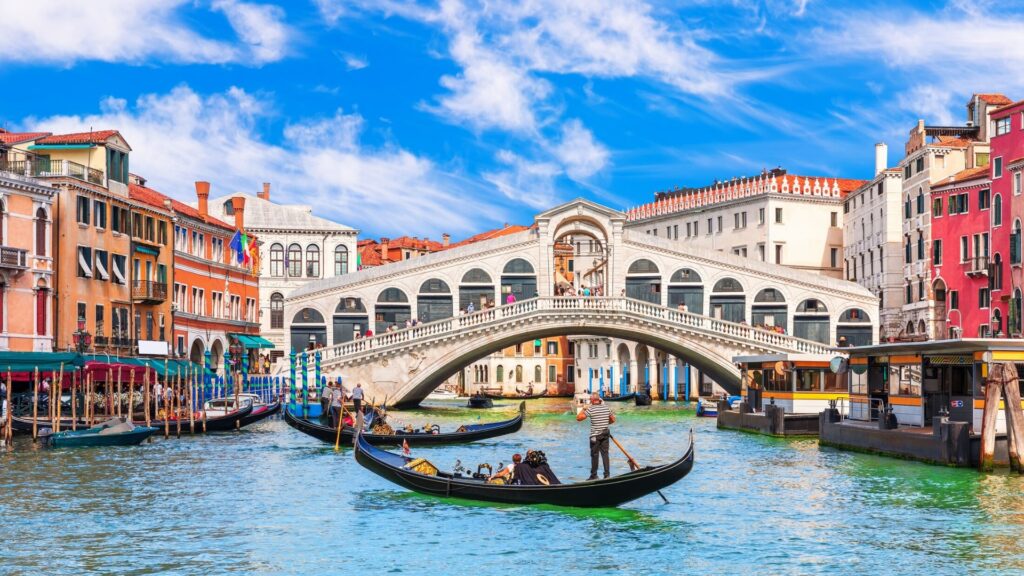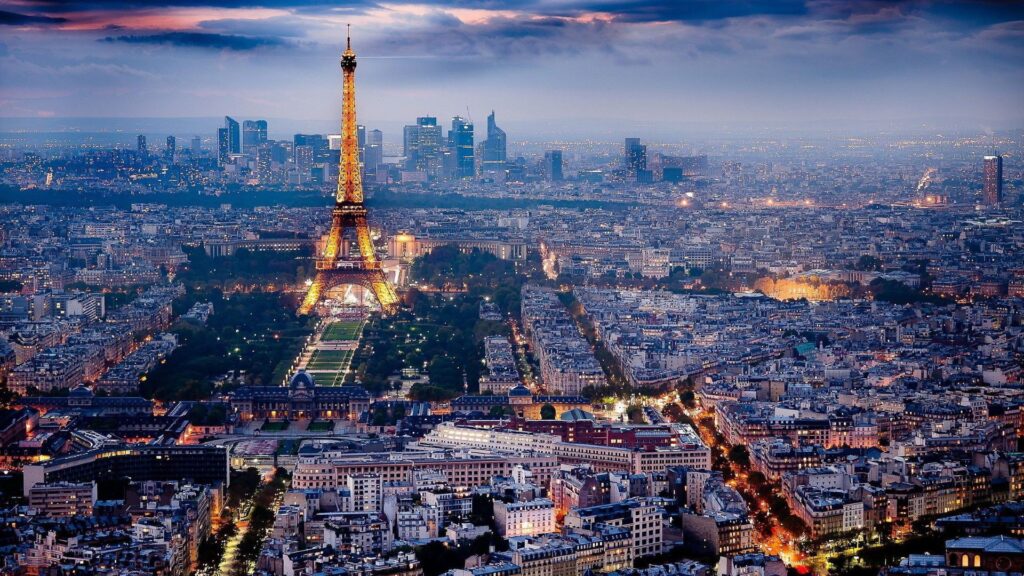EUROPE
OUR TOUR

Italy
The romantic charm of the Eiffel Tower, world-class art at the Louvre, and cozy cafés make Paris unforgettable.

Switzerland
A postcard-perfect city with alpine views, lakeside beauty, and easy access to Mount Pilatus and Titlis.

Spain
Famous for Gaudí’s architecture, vibrant beaches, tapas culture, and the iconic Sagrada Familia.

Greece
Famous for street food, neon lights, and fun vibes, Osaka is a must-visit for food lovers and thrill-seekers.

Attractions You Can’t Miss!"
France
The romantic charm of the Eiffel Tower, world-class art at the Louvre, and cozy cafés make Paris unforgettable. Stroll along the Seine, explore Montmartre’s artistic soul, and savor fresh croissants with iconic city views.
Best Time to Visit Europe – Seasonal Guide
1. March – May (Spring)
2. June – August (Summer)
3. September – November (Autumn)
4. December – February (Winter)
5. When is peak tourist season?
6. When is the cheapest time to travel?
7. Is Europe good in the off-season?
8. What events happen in summer?
9. Is winter worth it for non-skiers?
10. Final Europe travel tip?
| Season | Months | Weather | Travel Suitability |
|---|---|---|---|
| Spring | March to May | Mild temperatures, blooming landscapes, perfect for sightseeing and city tours | Best for balanced travel and fewer crowds |
| Summer | June to August | Warm to hot, ideal for beaches and festivals, but can be crowded | Great for coastal trips and nightlife |
| Autumn | September to November | Cool, scenic foliage, harvest festivals, great for wine regions | Highly recommended for culture and nature |
| Winter | December to February | Cold, snow in many areas, perfect for skiing and Christmas markets | Perfect for festive and snowy escapes |
EUROPE FAQ
1. What is the best time to visit Europe?
Spring (March–May) and Autumn (September–November) offer pleasant weather and fewer crowds, making them ideal for travel.
2. Do I need a visa to travel to Europe?
Many nationalities can enter the Schengen Area visa-free for up to 90 days. Always check your country’s visa requirements before travel.
3. What are the top attractions in Europe?
Top attractions include the Eiffel Tower, Colosseum, Big Ben, Santorini, Swiss Alps, and cities like Barcelona, Prague, and Amsterdam.
4. Is Europe safe for tourists?
Europe is generally safe, especially in tourist areas. Always be mindful of pickpockets in crowded places and keep emergency numbers handy.
5. What currency is used in Europe?
The Euro (€) is widely used in most European countries, but some like Switzerland and the UK use their own currencies.
6. How do I travel between countries in Europe?
Europe has excellent train networks, low-cost flights, and buses. Rail passes like Eurail are ideal for multi-country trips.
7. Are there cultural etiquettes I should know?
Yes. Greet with a smile or handshake, be punctual, and dress appropriately. Customs vary by country, so observe local norms.
8. What languages are spoken in Europe?
Europe is multilingual. English is widely spoken in tourist areas, but learning basic local phrases helps enhance your experience.
9. Is internet access easily available in Europe?
Yes. Free Wi-Fi is common in hotels, cafes, and transport hubs. You can also buy a European SIM card or portable Wi-Fi.
10. Can I use credit cards in Europe?
Credit and debit cards are widely accepted, especially Visa and Mastercard. Carry some cash for small shops and rural areas.
